Have you started planning for your STEM or STEAM program in your school? If you’re looking to design a program for the first time, there are many possibilities of what to include in your STEM program. Planning out this program can be overwhelming and challenging, so how do you get started? There are questions to consider in each phase of planning. Let’s look at them here. Here are my top 5 steps to planning a successful STEM program.
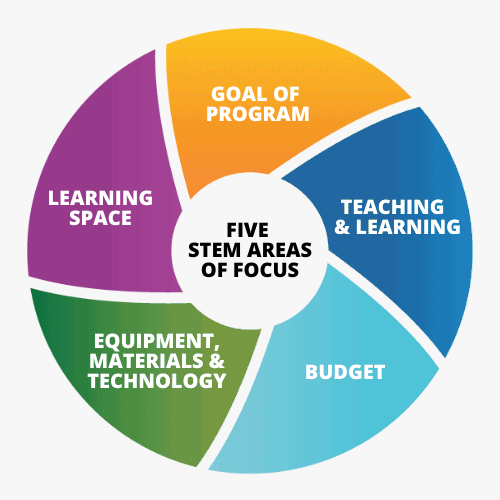
GOAL OF PROGRAM
- Why a STEM Program?
- What will your STEM program look like, and what are the goals?
- When students leave your school, what skills do you want them to bring with them that they will get from your STEM Program?
It is essential to start by identifying the needs of the program. If you aren’t sure what direction you want to take your STEM Program, look at what your neighboring districts are doing. This is one of the best forms of professional learning as you can have conversations with them to find out what they like, dislike, and would change about their programs.
TEACHING & LEARNING
- What will students learn in your program?
- What standards will your programs be following?
- What should students know, understand, and be able to do when they leave your program?
- What level of integration will STEM have in your schools?
To understand what you need to teach, align your program to a set of standards. There will be a different set of criteria based on the program’s focus. For example, if you are looking for a design-based program where engineering is centered, use your state science standards, the national Next Generation Science Standards, or even the Standards for Technological and Engineering Literacy. If you are looking to have more of a programming focus, the CSTA K-12 Computer Science Standards is where you could start. Many programs include specific instructional strategies to teach the content to support a strong STEM program like Project or Problem Based Learning, Design Thinking, Challenge Based Learning, Computational Thinking and even incorporate career and work-based experiences.
Many state education departments have created a STEM implementation guide or framework to help you dive further into the stages of implementation. Research if your state education department has a stance on STEM or view what other states have already created. Many states have a framework that outlines four implementation phases, levels, or progressions. In these four phases, the STEM programs considered to be at an exploratory or beginner phase integrate STEM into schools through courses or extracurricular programs.
The next step would be incorporating STEM into all subjects in a specialized program and then blending it as part of all subject areas throughout the school—but not necessarily using a whole-instruction approach for problem-based learning. A fully immersed STEM program is when school educators integrate STEM through different instructional models like project or problem-based learning, design thinking, or even inquiry-based learning in all subjects in the school. STEM experiences are then taken outside of the school and into the community.
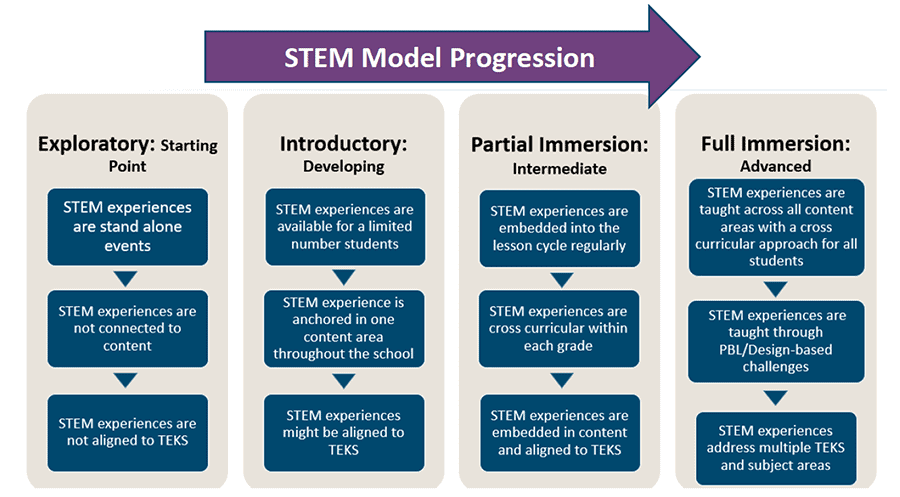
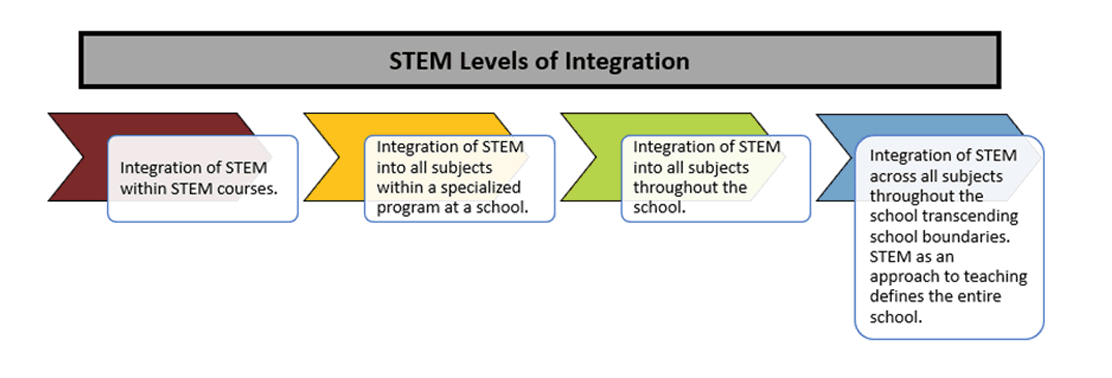
Some schools start at the beginning phase, while others start at the full implementation point. Fortunately, there is no right way to start when it comes to STEM. How integrated you make your STEM program often depends on your budget and access to resources.
BUDGET
- What is your budget, and where will you be getting this money?
- Do you have a deadline to spend it?
- Are there specific requirements you must meet to spend this dollar amount?
Establishing a budget range at the start of your planning phase is essential. Even if you have not yet chosen your materials or curriculum, you will want a set budget to lean on. You will need to budget for curriculum, materials, learning space updates, and training. Your budget may come from government funding, grants or scholarships, local support, or fundraising.
EQUIPMENT, MATERIALS & TECHNOLOGY
- How will technology be integrated into instruction, and what kind will be used (laptops, tablets, robotics, 3D printers, digital microscopes, podcasting kits, video production equipment, etc.)?
- Do you want products that can reach across grade levels, or are you focused on a single grade?
- How many devices will you have access to, and what type (iPads, Chromebooks, laptops, tablets, etc.)?
- How many students at a time?
Once you have decided upon your program’s goal, budget, what to teach and how, you will have to choose the suitable materials to support your action plan. Materials need to be thought out and purposeful.
LEARNING ENVIRONMENT
- Where will the learning happen, and will there be one STEM/STEAM classroom in the school that all classes share?
- How many students will be in this space, and how many class periods per day?
- What types of instruction/experiments will occur in the space?
- What materials will be handled by the students? What type of storage is needed?
The learning space should be flexible and durable. Students should be able to transition from task to task and allow for movement as needed. If your STEM lab is of the high-tech variety, furnishings should also provide plenty of options to power tools and devices. Is there enough power available? Can devices be stowed to protect them? Building modular student stations is essential if your STEM lab will teach more project-based, multimodal learning outcomes. Student spaces can be grouped or spread out in the event of a large-scale demonstration. It is possible for students also to work independently if the task allows.
Naomi Hartl
Naomi Hartl graduated from the University of Saskatchewan and started teaching in her home province of Saskatchewan, Canada. She has taught a variety of subject areas including biology, mathematics, health education, physical education, home economics, and career education. In 2015, she relocated to Oregon, USA, to work with School Specialty and has worked in curriculum development and writing with the company and is now the Science and STEM Subject Matter Expert. Working with School Specialty has allowed her to pursue her dream of making a difference in the lives of teachers and students by curating solutions to create safe, equitable, and successful learning programs.
Read more by Naomi Hartl–>

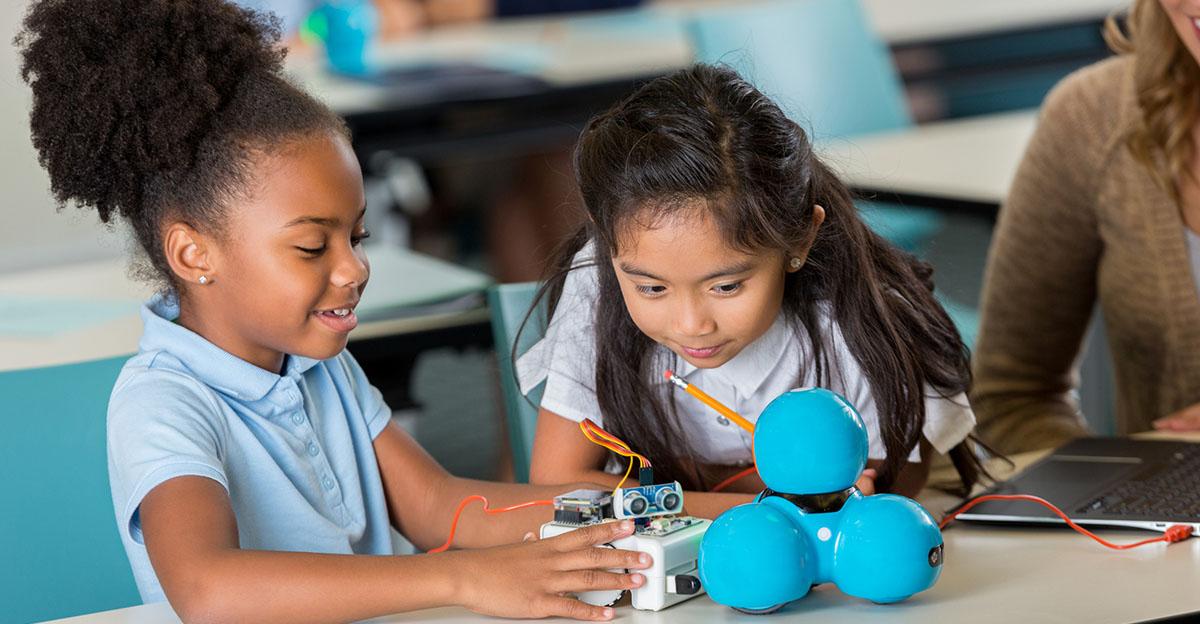
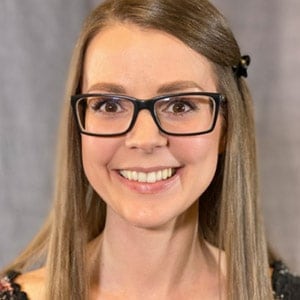
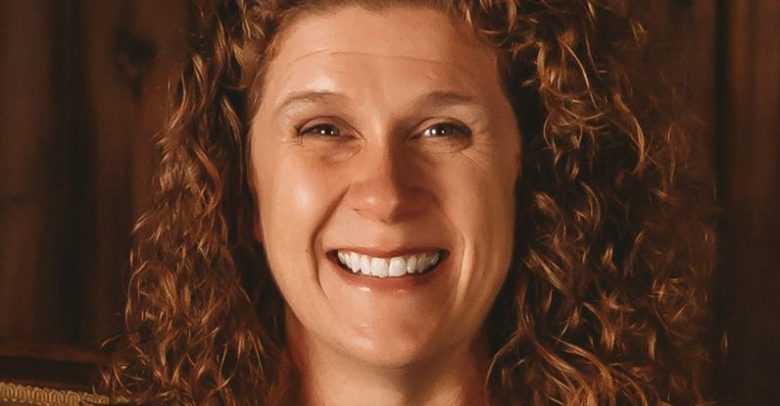

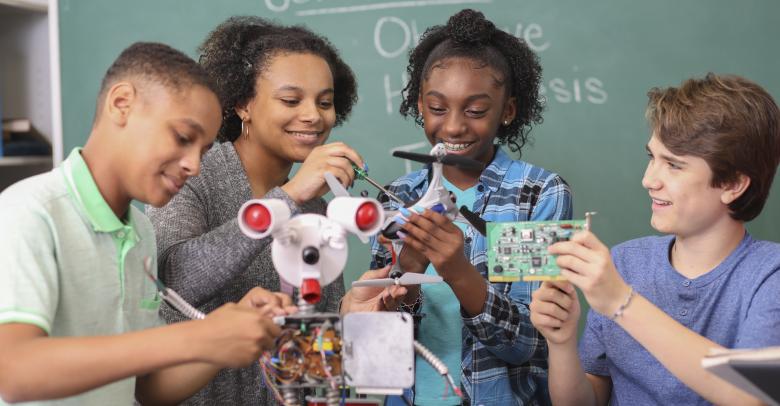
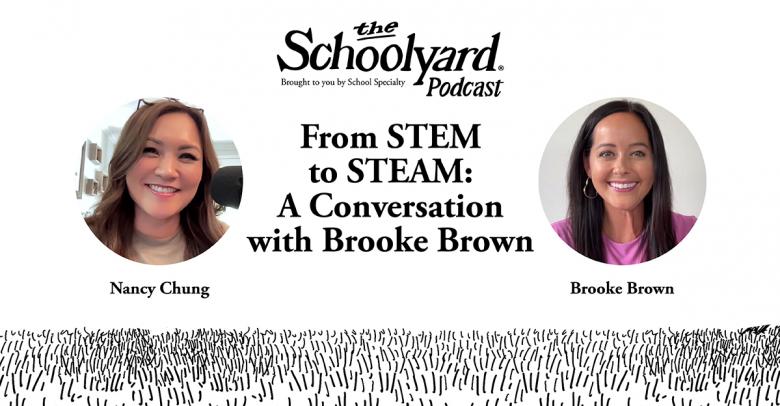
Leave a Reply